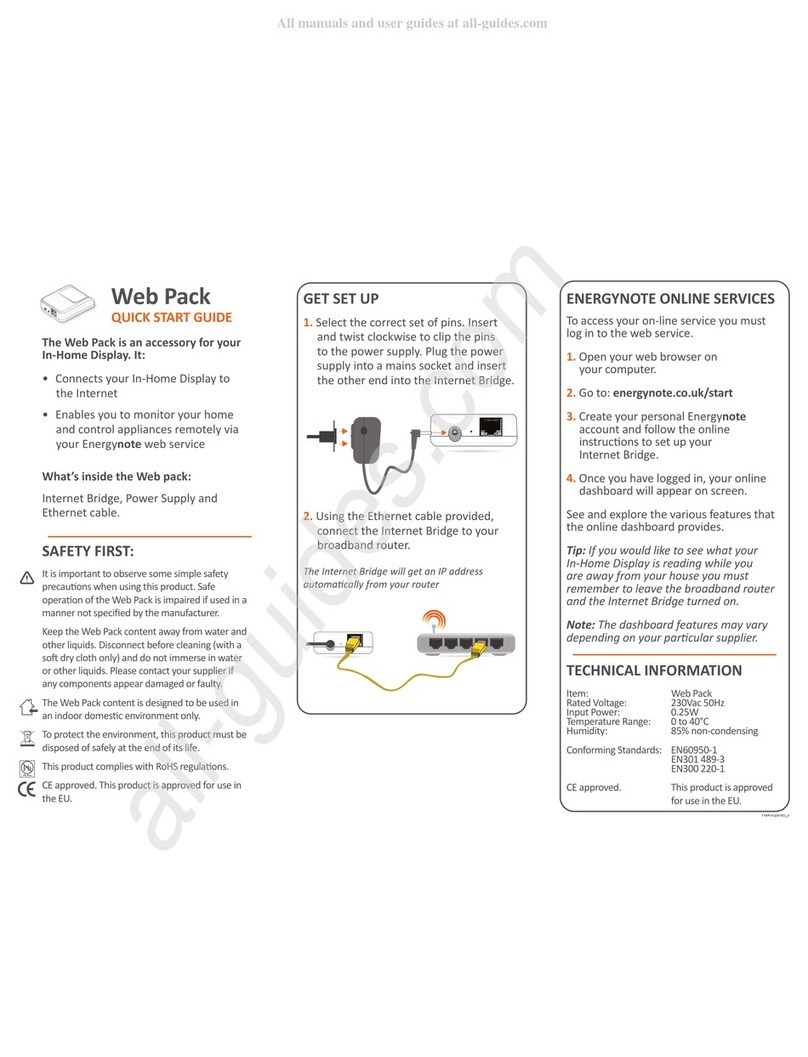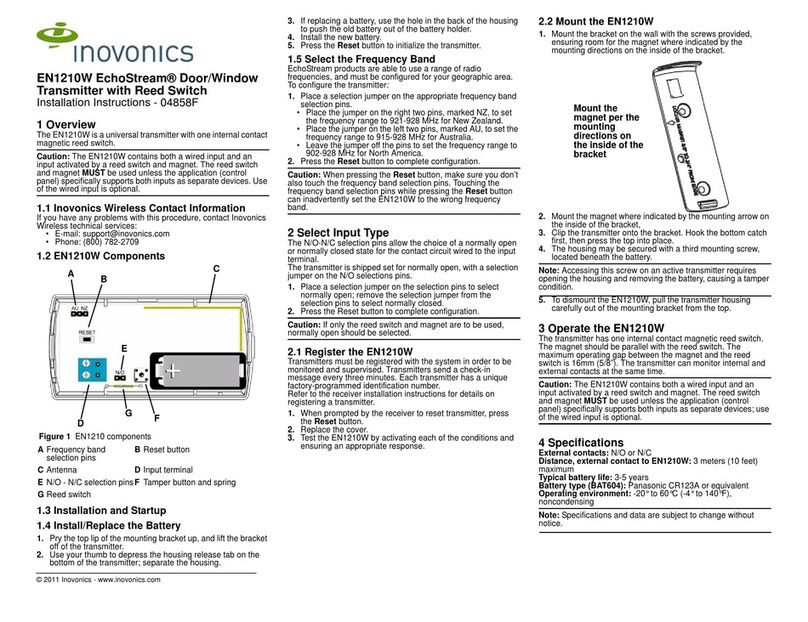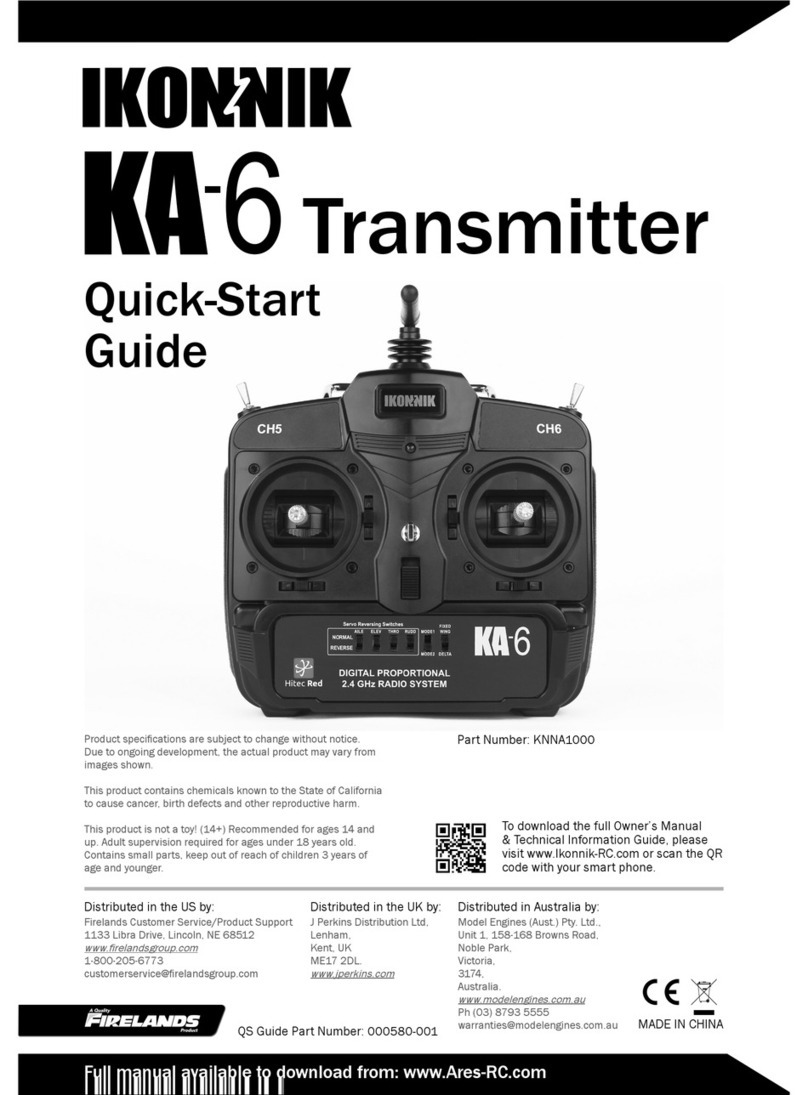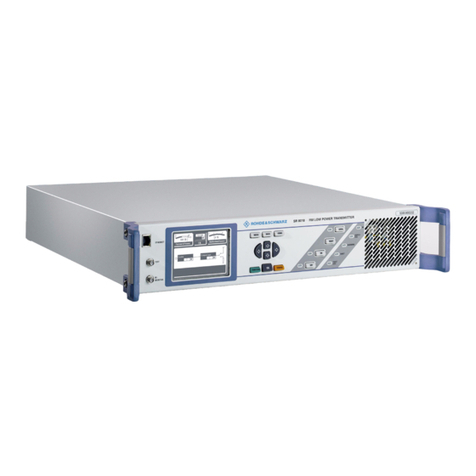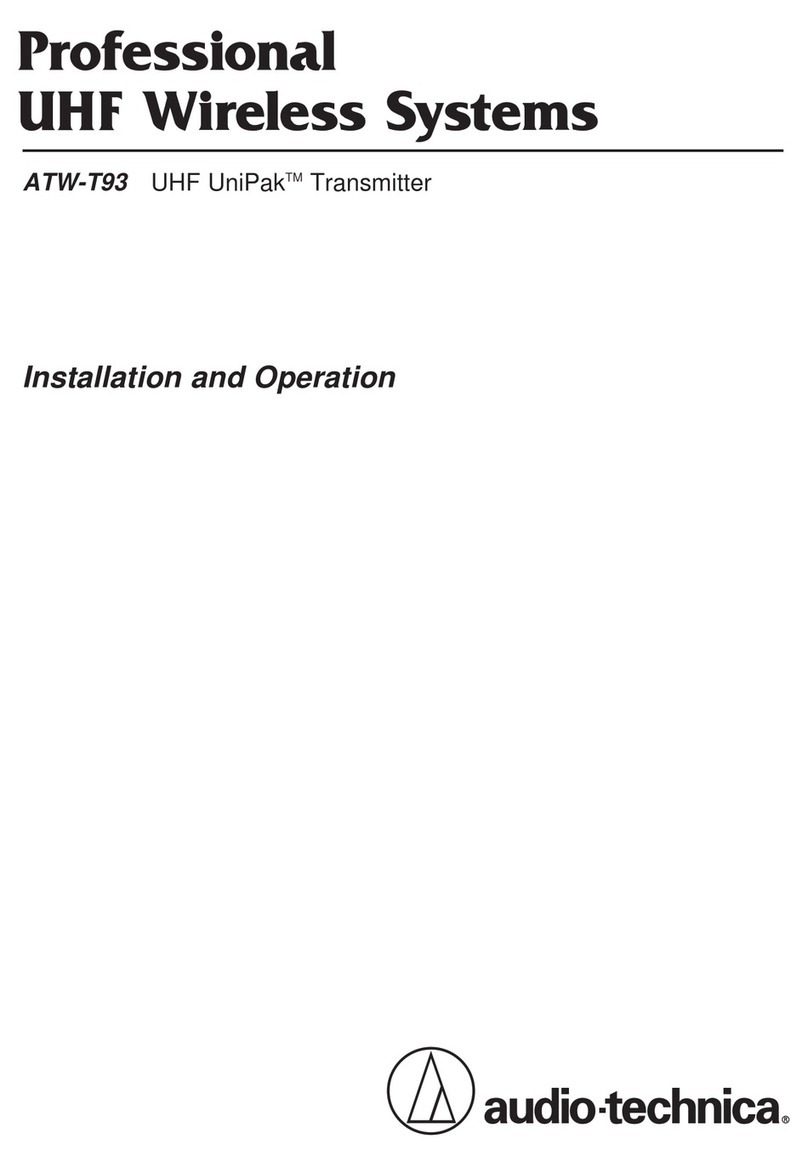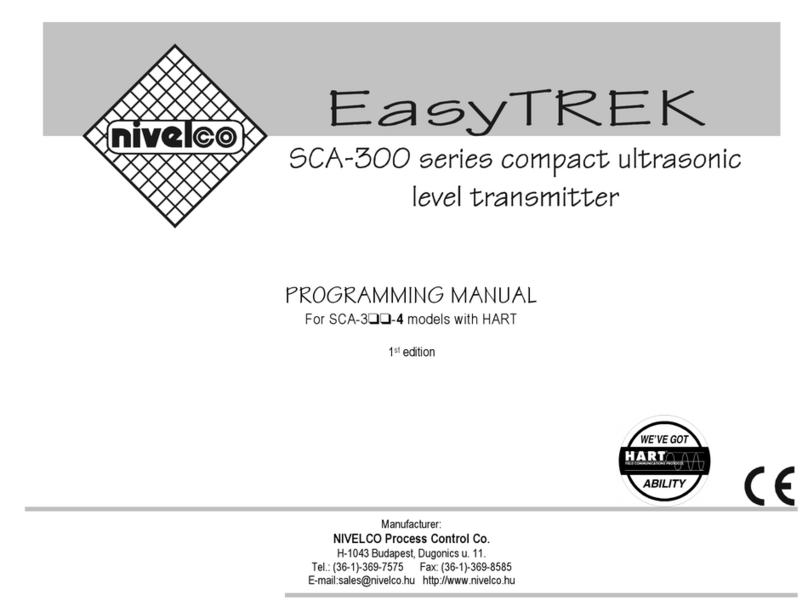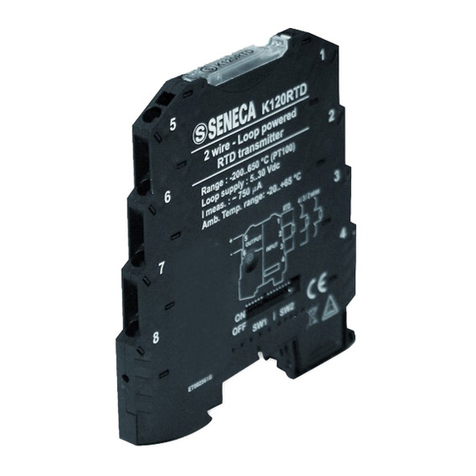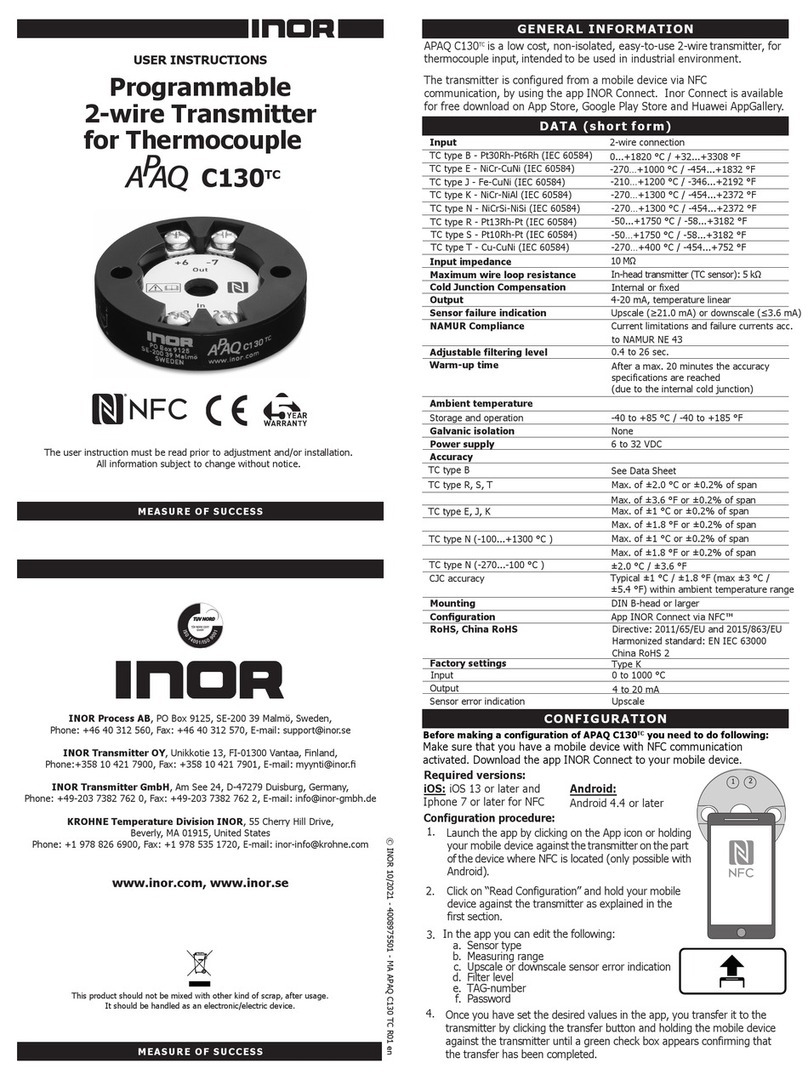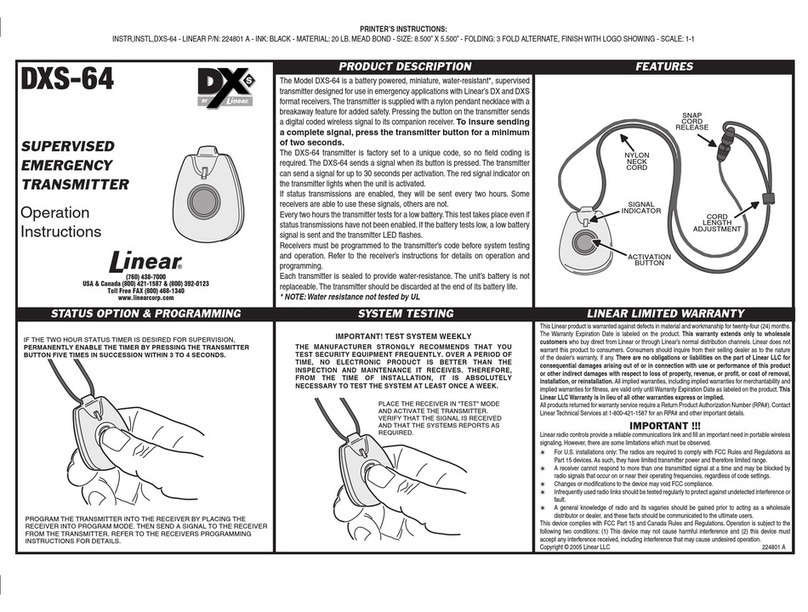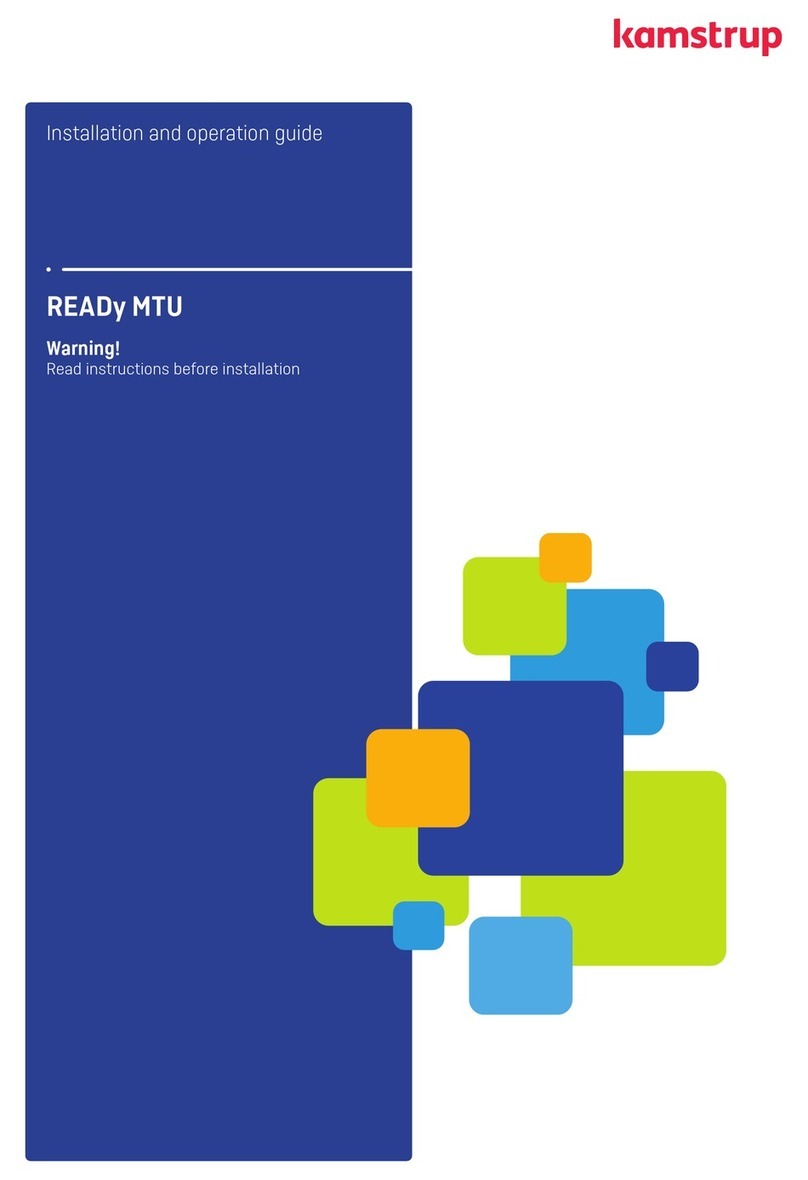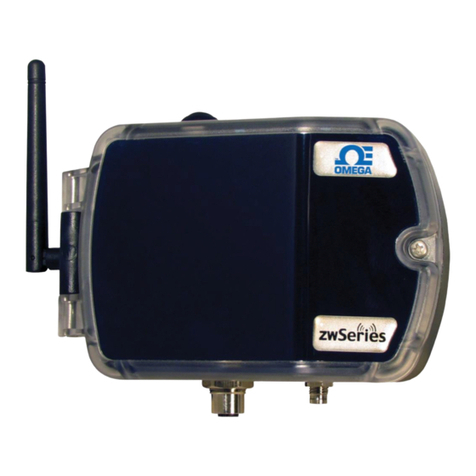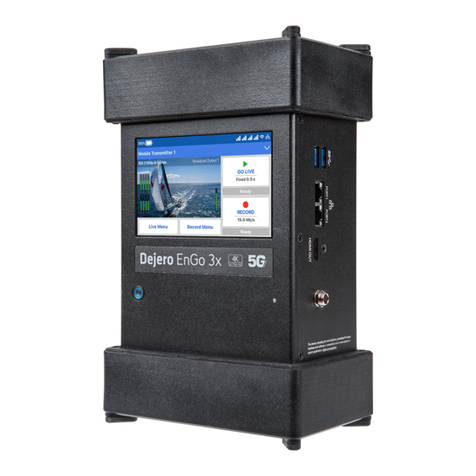
2 Specifications
The STDES-WBC86WTX evaluation board is optimized for performance. The board features:
• STWBC86 wireless power transmitter chip with BPP 1.2.4 compatible FW
• Very few external components, optimized BOM and PCB space
• On-chip high efficiency full bridge inverter
• 32-bit, 64MHz ARM Cortex micro controller with 8KB SRAM
• 9-channel, 10-bit A/D Converter
• On-chip thermal management and protections
• I²C interface for communication with host system (optional)
Figure 3. STDES-WBC86WTX main blocks
In the figure above:
• the grey box indicates the coil connection
• the light blue box indicates the series resonant capacitors (Ctank) and the transmitting coil from a resonant
circuit. The resonant circuit transmits the power signal. So, any components/tracks involved should be
rated accordingly
• the fuchsia box indicates the CBT1 and CBT2, which are bootstrapping capacitors and ensure the proper
functionality of the integrated inverter. This should be taken into consideration during the PCB design as
these nets generate noise. Therefore, they should be routed separately from sensitive circuits
• the red box indicates the ASK demodulation circuit. Apart from transferring power, the power signal is also
used for receiver to transmitter communication. The communication signal is extracted from the power
signal using the ASK demodulation circuit and fed into the VS pin of the STWBC86 for processing
• the yellow box indicates the connection for the external USB/I²C converter. It provides a communication
channel between a PC and the STWBC86. Note that the P3 header connects the external converter I²C
signals to the STWBC86 I²C signals.
• the lilac box indicates the power input (USB connector/pin header). Two separate inputs can be used to
power the board. However, only one must be used at once to prevent damage to the power supplies.
Therefore, it is necessary to select the input using a jumper on the JP4 header.
TN1442
Specifications
TN1442 - Rev 2 page 4/25
